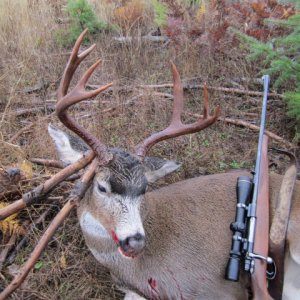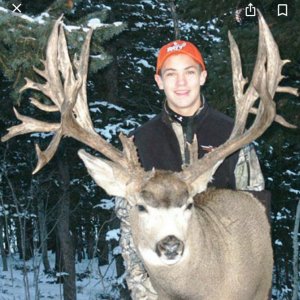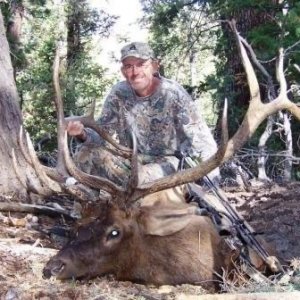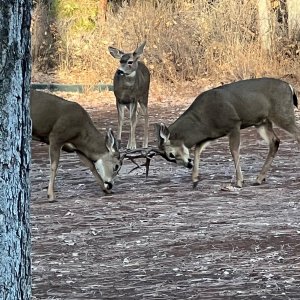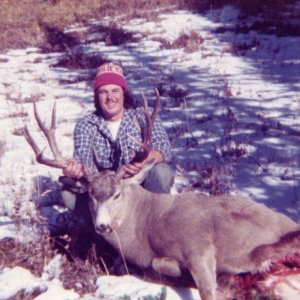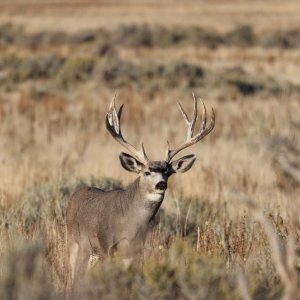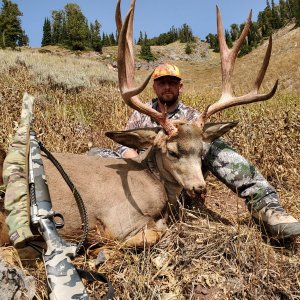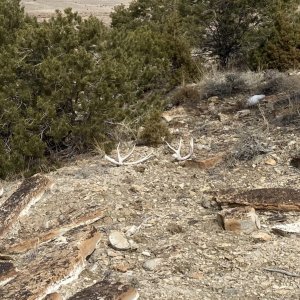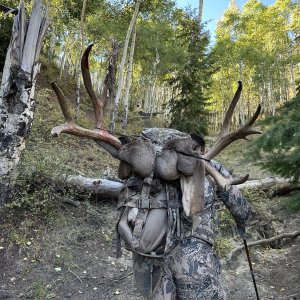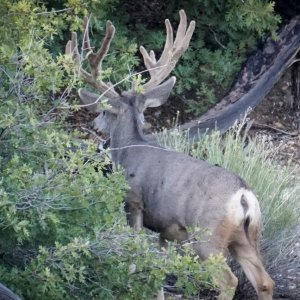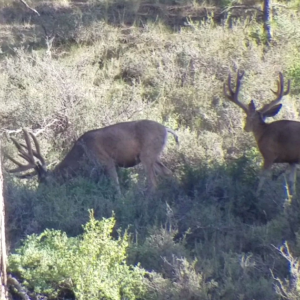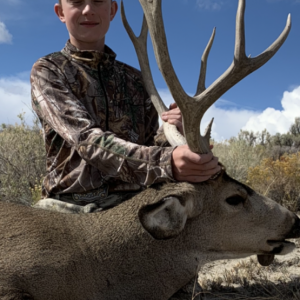LIK2HNT
Long Time Member
- Messages
- 3,397
Any deer biologist out there? or any one who has watched a non-typical buck year to year?
I have been watching two young, small blacktail bucks that appear to be twins. Both have a 3x2 main frame about 16 inches wide. One has eye guards and the other does not. Both have an extra 3 inch main beam comming out each side, and the one without eye guards has one of his extra main beams forked. Both these deer are the same size and are either together or apart in one of two small canyons. I did not see either of these bucks last year, unless they were just small forks. The only other non-typical I have ever seen in this area was about 4 years ago. It had 4 points on one side with two main beams on the other that both forked and had about a 20 inch spread. I chased this buck all archery season and never saw him again after that winter.
Some of my questions are:
Do non-typicals keep their same basic horn configuration year to year or do they change?
Could of these bucks been small forks last year and turned into non-typicals this year?
Is this a gene that gets easily passed on?, or skips generations?
Since non-typical blacktails seem to be rare, what are the odds of seeing more non-typicals in the future?
I am thinking of trying to get one of these bucks this archery season and seeing what the other one turns into next year if he makes it through the season.
Thanks
Bill
I have been watching two young, small blacktail bucks that appear to be twins. Both have a 3x2 main frame about 16 inches wide. One has eye guards and the other does not. Both have an extra 3 inch main beam comming out each side, and the one without eye guards has one of his extra main beams forked. Both these deer are the same size and are either together or apart in one of two small canyons. I did not see either of these bucks last year, unless they were just small forks. The only other non-typical I have ever seen in this area was about 4 years ago. It had 4 points on one side with two main beams on the other that both forked and had about a 20 inch spread. I chased this buck all archery season and never saw him again after that winter.
Some of my questions are:
Do non-typicals keep their same basic horn configuration year to year or do they change?
Could of these bucks been small forks last year and turned into non-typicals this year?
Is this a gene that gets easily passed on?, or skips generations?
Since non-typical blacktails seem to be rare, what are the odds of seeing more non-typicals in the future?
I am thinking of trying to get one of these bucks this archery season and seeing what the other one turns into next year if he makes it through the season.
Thanks
Bill

